What you need to know before starting a running program
Author Details
Reg. PT., M.Sc.PT., H.B.K. | National Director of Program Development, Specialty Services

Note: the exercises in this story are not intended to replace the advice and directions received from your clinician.
Now that you have been building your aerobic capacity and preparing your body with specific strengthening exercises to return to or start a running routine, it is time to begin your 2021 running season.
If you are someone who likes structure, you might find the guideline in the second part of this blog useful. It demonstrates how you can gradually increase your running program, starting with a 5km goal spread out over 8 weeks, with 3 running sessions per week.
Before you start your exercise, you should keep some safety precautions in mind. Here are some important reminders for how to safely return to running:
Stay hydrated
- Proper hydration is important, no matter the time of year. Being properly hydrated ensures that your body is ready to sweat and regulate your temperature as you work. Drinking plenty of water the day of your run as well as the days prior will ensure you are hydrated enough to support your body.
Include a proper warm up with dynamic exercises
- Before you begin your run, make sure to start with a brisk walk or light jog. Engaging in a few whole body dynamic movements for the muscles in your legs as well as your arms is recommended, as these will be stressed during your workout.
- A warm up process is important because it prepares your muscles, heart and lungs for an exercise session and can decrease your risk of injury.
- A good warm up should be 10 minutes in duration and should include the key muscles you are targeting in your workout. Check out our previous running blog for some good dynamic stretches
Include a proper cool down following exercise
- Following your run, take a short walk while your heart rate comes down. It is important to perform a cool down so that your muscles continue getting enough oxygen as your heart rate performs a gradual and safe decrease.
- A cool down should be 10 minutes in duration and should begin with a walk followed by some stretches targeting the muscles you worked during your run.
Below, you'll find a few stretches you can try. Remember to hold these stretches for 30-60 seconds on each side.
Calf stretch
Stand facing a wall for support, place one leg behind you and straighten this leg to stretch out your calf muscles.

Quadriceps stretch
Stand with something for support, slowly bend one knee and bring your ankle up toward your buttocks

Hamstring stretch
Place one leg on a step or stool and straighten your knee and bring your toes up towards you. Gently lean forward keeping your chest up.

Interval training (alternating between running and walking) during the first week will help prepare your body for the transition to running.
As you focus on increasing your running time and distance, it is a good idea to alternate the pace that you train at to build and improve your tolerance for running.
Doing this makes it easier for you later on as you're able to more easily complete the shorter distances at a faster pace and push your aerobic system.
You can use the table below as a guide and adjust it to suit your needs or follow it directly. Click on the image below to make the table larger.
While training, it’s important to avoid any large increases in frequency, intensity or duration. Remember to start low and go slow! Gradual increases are the ideal way to stay safe.
Make sure you monitor for muscle soreness and recognize that this is a normal process of returning to running. If you’re interested in setting up an individualized exercise program, feel free to book an appointment online.
If you experience pain while doing any of the stretches above or at any time during your running program, please consult a health professional.
This blog was written by Paola Finizio - a Physiotherapy student at Queen's University.
Author Details
Reg. PT., M.Sc.PT., H.B.K. | National Director of Program Development, Specialty Services
Related Articles
Exercise strategies and activities to help you work out at home
Don't put off the care you need - here's why
Tips to stay safe and prepare for winter activities this year
Treating an acute injury? Go for M.E.A.T. over R.I.C.E.
Understanding pelvic organ prolapse and why a pessary can help
Investigating a dizziness problem: “Can’t my doctor just order a test?”
Special Olympics athletes and the importance of support
Working with Special Olympics athletes as a physiotherapist
The forward fold stretch: the perfect exercise if you work at a desk all day
What is vertigo, how did I get it and what can I do about it?
Getting active is just like brushing your teeth
How to use a tennis or lacrosse ball to relieve acute muscle pain
Vestibular disorders: how vestibular therapists can help physicians
Have you heard of “prehab” for replacement surgeries and how it can help?
How swimmers can prevent and manage shoulder injuries
Paddling Basics: Stay Dry and Injury-Free on the Water
Fore! Get on the green and keep your swing healthy
Do you know someone who suffers from 'text neck'? It could be you
3 things outdoor runners should remember at the beginning of the season
Stress urinary incontinence and the female athlete
Know your Pilates - clinical Pilates versus traditional Pilates
Let's keep in touch!
SIGN UP TO GET HEALTH AND WELLNESS INFO RIGHT TO YOUR INBOX
Subscribe to receive the latest health and wellness news and information in your inbox every month.
By subscribing you agree to our privacy policy. You can unsubscribe at any time.
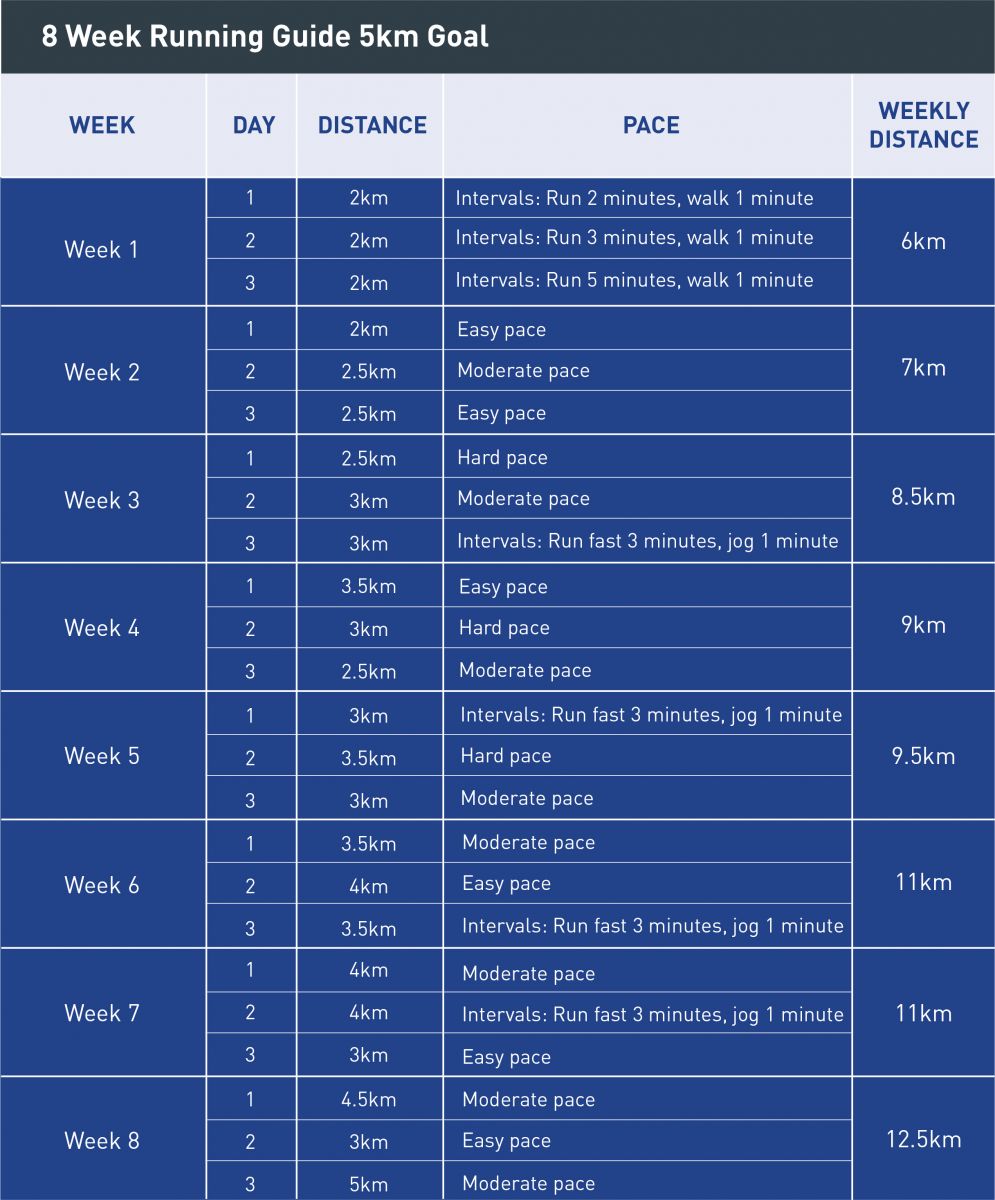




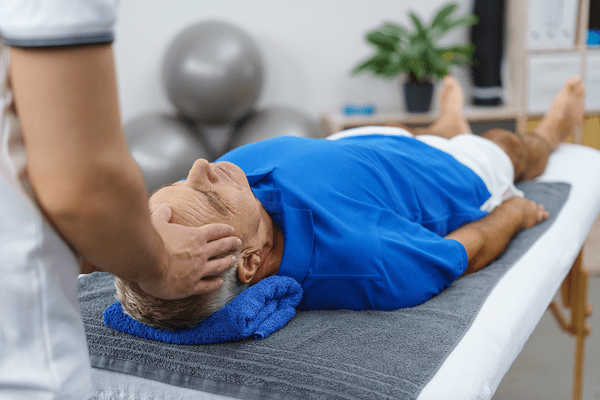













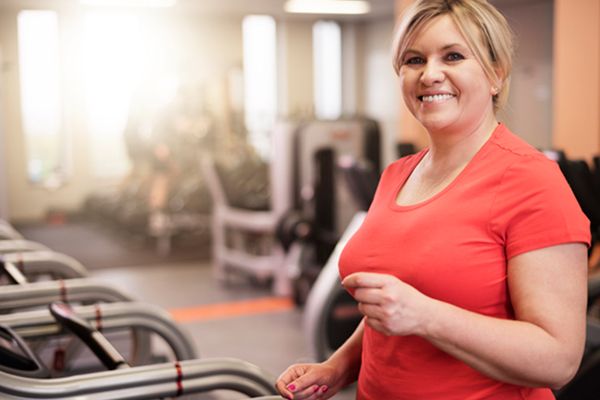

























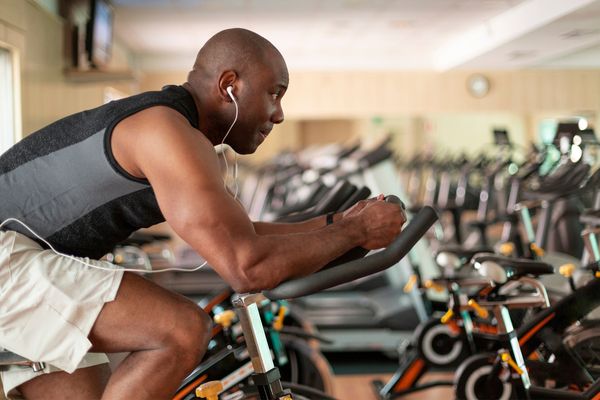













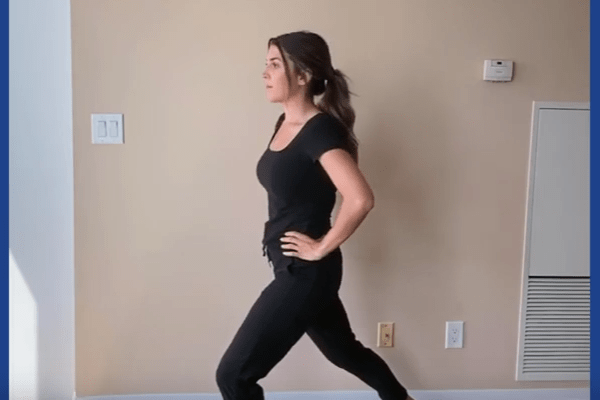





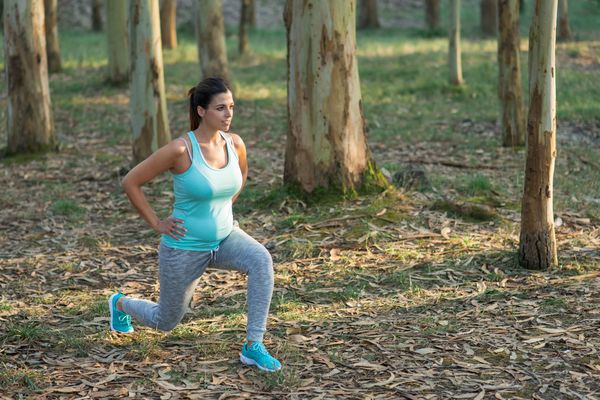









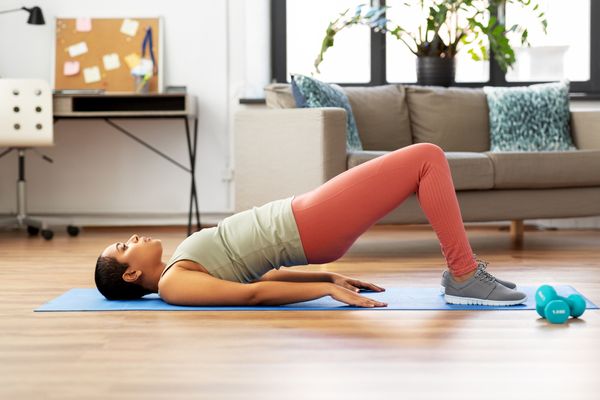






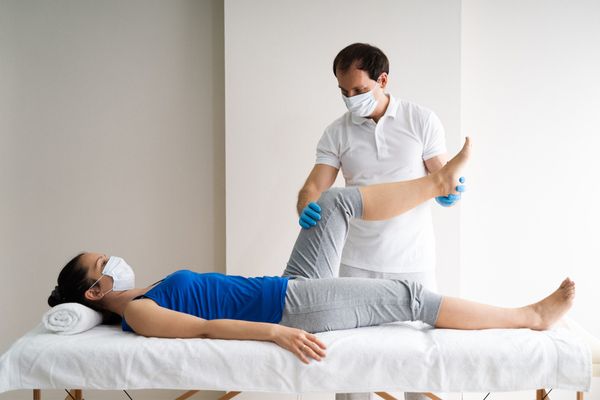




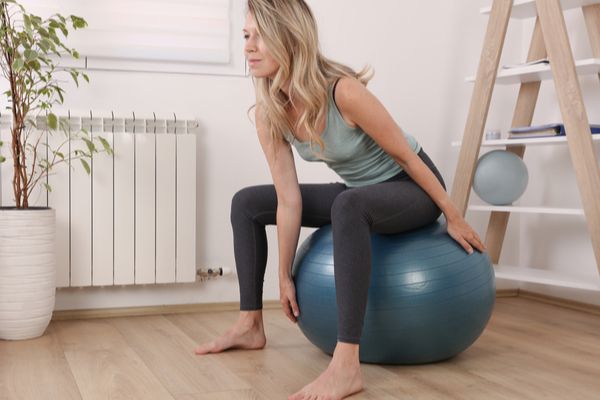











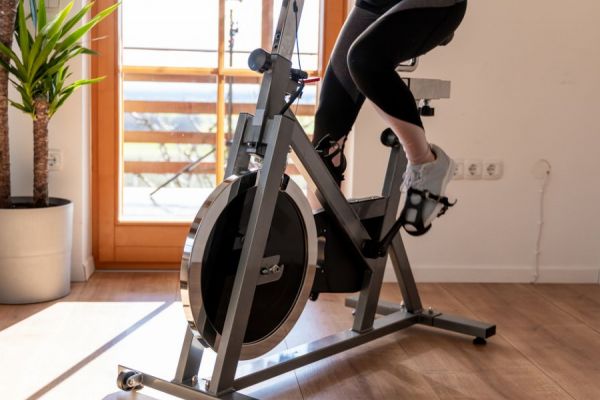






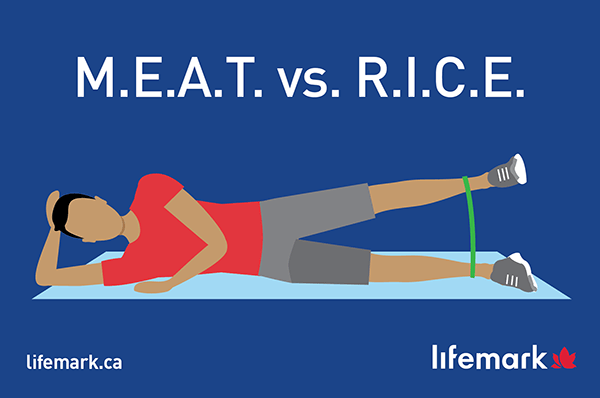































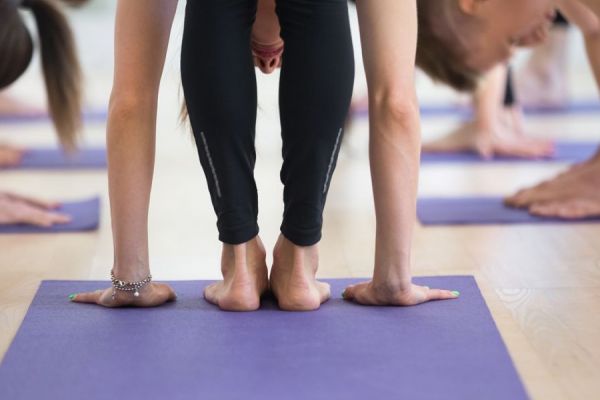














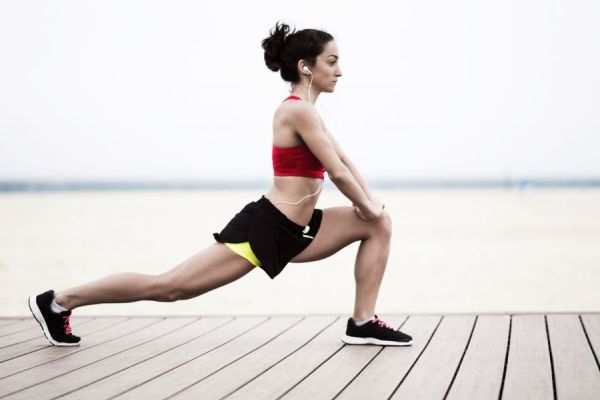





























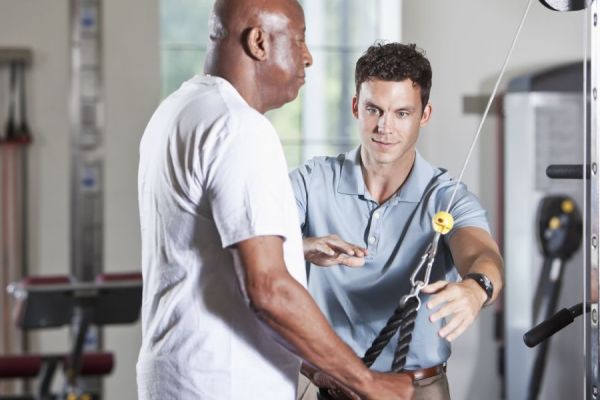




















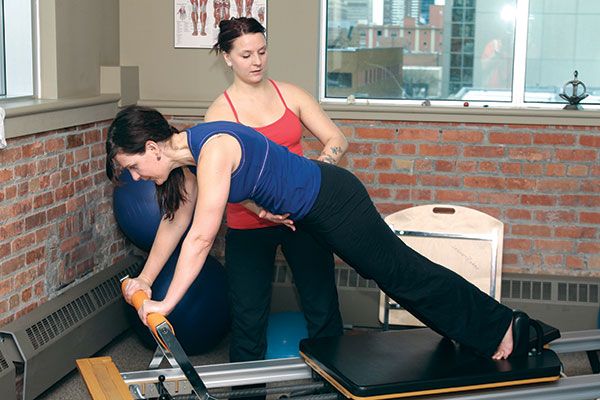



We can help you move and feel better.
Book an appointment today.